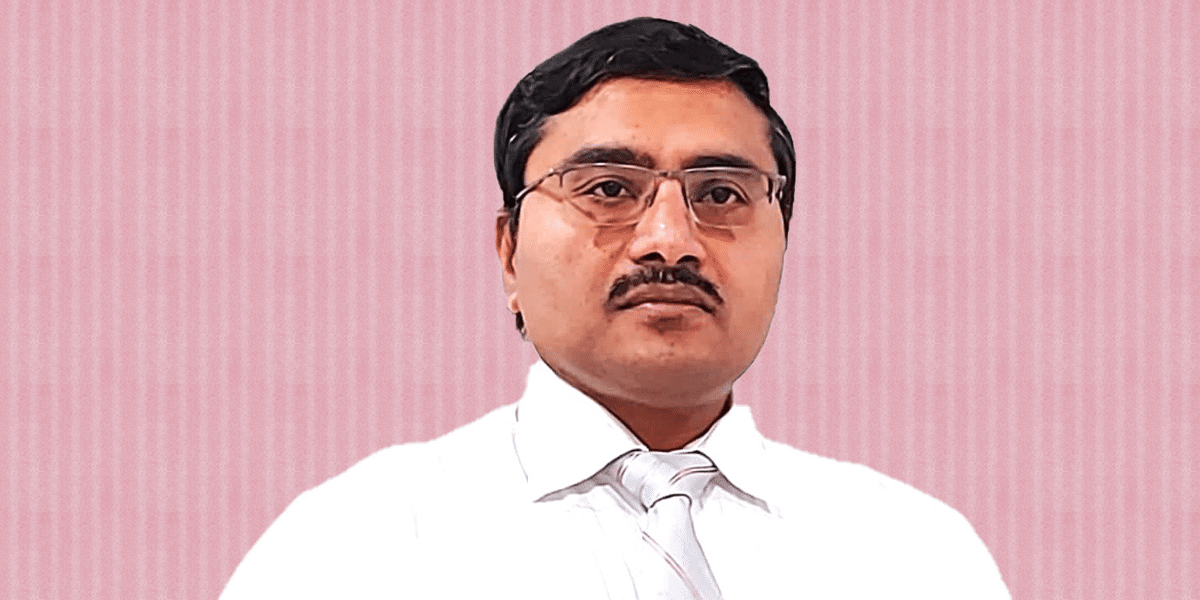In this article, we engage in a conversation with Mr. Sumit Sanwal, a highly accomplished and seasoned software specialist boasting over 22 years of experience in the software industry. His extensive expertise, gained through diverse roles in software development, forms the foundation for the valuable insights he shares. Mr. Sanwal, in this discussion, imparts significant guidance and key considerations tailored to benefit our community of software developers and engineers. His wealth of knowledge promises to provide valuable perspectives to assist professionals on their journey, aiding in the development of efficient and successful software applications.
With the depth of your extensive two decades of experience, what pivotal considerations were instrumental to developing a successful software application?
The following outlines the key considerations adhered to by Mr. Sanwal in the development of software applications, leveraging insights gained from his two decades of professional experience:
- Software should be developed using the available modern innovative technologies and provide features like distributed processing, scalable architecture, and resilient and fault-tolerant systems.
- Always design the software, looking into the maintainability and operational aspects to ensure the ongoing maintenance is easy and makes it easier for the organization to operate the software.
- The design of the software should be extensible and open to incorporate any new kind of processing patterns in the software application.
- Software should provide integration points for crucial processes in the overall ecosystem to ensure any existing process can be replaced with any other in-house or third-party process
- While designing the software application, architects need to put key emphasis on the usability aspect of the system to provide ease of use to the end users in the desired way to the maximum extent possible.
- All the components should be loosely coupled so that any change in one component does not impact other components.
- Establishing and enforcing resilient security protocols and measures to shield sensitive data and fortify defenses against potential cyber threats.
Mr. Sanwal asserts with confidence that the various software applications he has developed have not only contributed substantial value to the organization but have also resulted in significant cost savings. Furthermore, they have played a pivotal role in elevating productivity and streamlining overall processes by systematically eliminating redundancies and minimizing operational costs.
Leveraging your two decades of experience, could you elucidate the key focal points within the early phase of software development?
Mr. Sanwal stresses the importance of meticulous attention to detail during the initial stages of the software development life cycle. In the early phases of the project development, particularly during requirement assessment and analysis, the collaboration between business analysts and technical analysts plays a crucial role. It is essential to thoroughly explore the nuances, intricacies, and potential ambiguities in the requirements. Achieving clarity and alignment with both business stakeholders and end-users is of paramount importance. If any aspect of the requirement lacks explicit articulation or is prone to multiple interpretations, the approach involves unraveling and simplifying it to the simplest form. This is achieved through detailed elaboration, supported by diagrams and requirement flows, to ensure alignment and clarity for all the open items among business users.
After the closure of requirements and gaining a comprehensive insight into all open items, the design process kicks off. Designers and architects must meticulously craft a detailed design that encompasses all facets of the requirements, addressing nuanced and outlier scenarios. This phase requires careful consideration, ensuring solutions for all profound scenarios. The ultimate objective of the solution should be complete automation.
Architects and designers should aim for maximum automation, facilitating seamless processing of business requirements to enhance productivity and efficiency. Identifying and eliminating any redundancies present in the point-of-departure solution is crucial. This approach leads to the simplification and optimization of the business process, resulting in a highly performant solution.
Which additional essential factors would you recommend for the development of a valuable and top-tier software application?
Mr. Sanwal underscores the significance of contemplating the following points to ensure a comprehensive and well-thought-through methodology for a valuable and high-quality software application:
- Conduct a comprehensive assessment of potential threats, vulnerabilities, and weaknesses, aiming to fortify systems with robust security measures. Prioritize the development of secure, stable, and resilient systems to safeguard against potential risks and ensure the overall reliability of the software solution.
- Nonfunctional requirements, pivotal to the program’s success, should be accorded due importance starting from the design phase. Prioritizing these considerations is essential for ensuring the system’s longevity and optimal benefits to the organization over the years.
- Throughout each phase of the development cycle, prioritize the construction of systems that are not only explainable and transparent but also offer insights into the decision-making process. This approach enhances optimization and fosters a deeper understanding of the system’s operations.
- Periodically review the performance of models against new data, making necessary adjustments to ensure sustained effectiveness and adaptability over time.
The insights shared in the preceding questions encompass a wide array of software
development considerations, spanning from data-centric perspectives to collaboration, security, and the integration of emerging technologies like AI and ML. Their intent is to offer guidance to developers in creating robust, efficient, and innovative applications.
In conclusion, Sumit Sanwal expresses sincere gratitude for the opportunity to share essential insights and best practices in software development drawn from his extensive two-decade journey in the field. These considerations stand as the foremost and crucial elements that have profoundly benefited Mr. Sanwal in developing numerous applications. It is important to note that these points are derived from Mr. Sanwal’s experience with specific applications and may require adjustments based on the unique characteristics and requirements of each project. They serve as a foundational framework that can be adapted, refined, and fine-tuned to suit the specific needs of diverse development processes.
You can reach out to Sumit Sanwal by email at sumitsanwal@gmail.com or connect with him on LinkedIn through the following link: https://www.linkedin.com/in/sumit-sanwal-7781207/
Published by: Aly Cinco



















